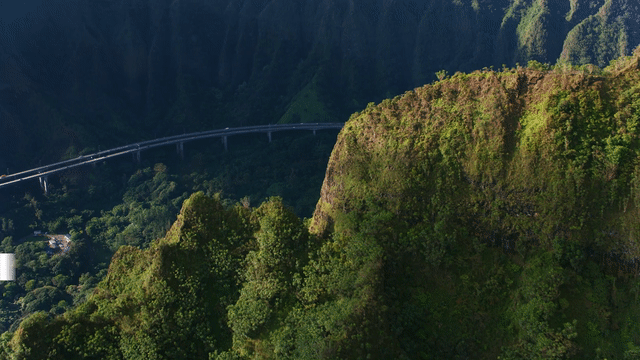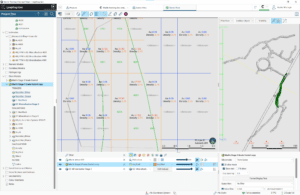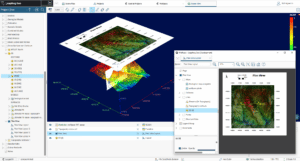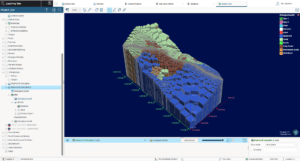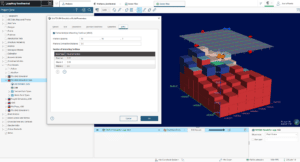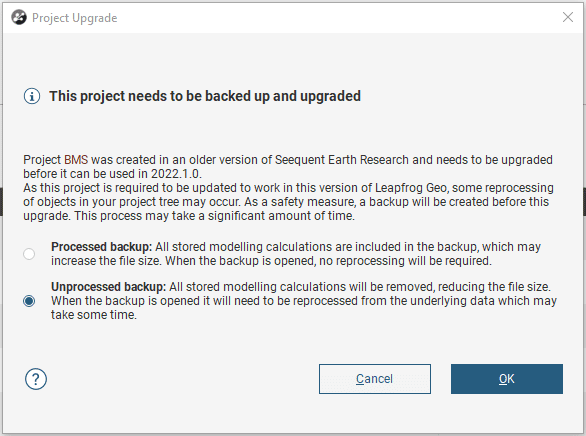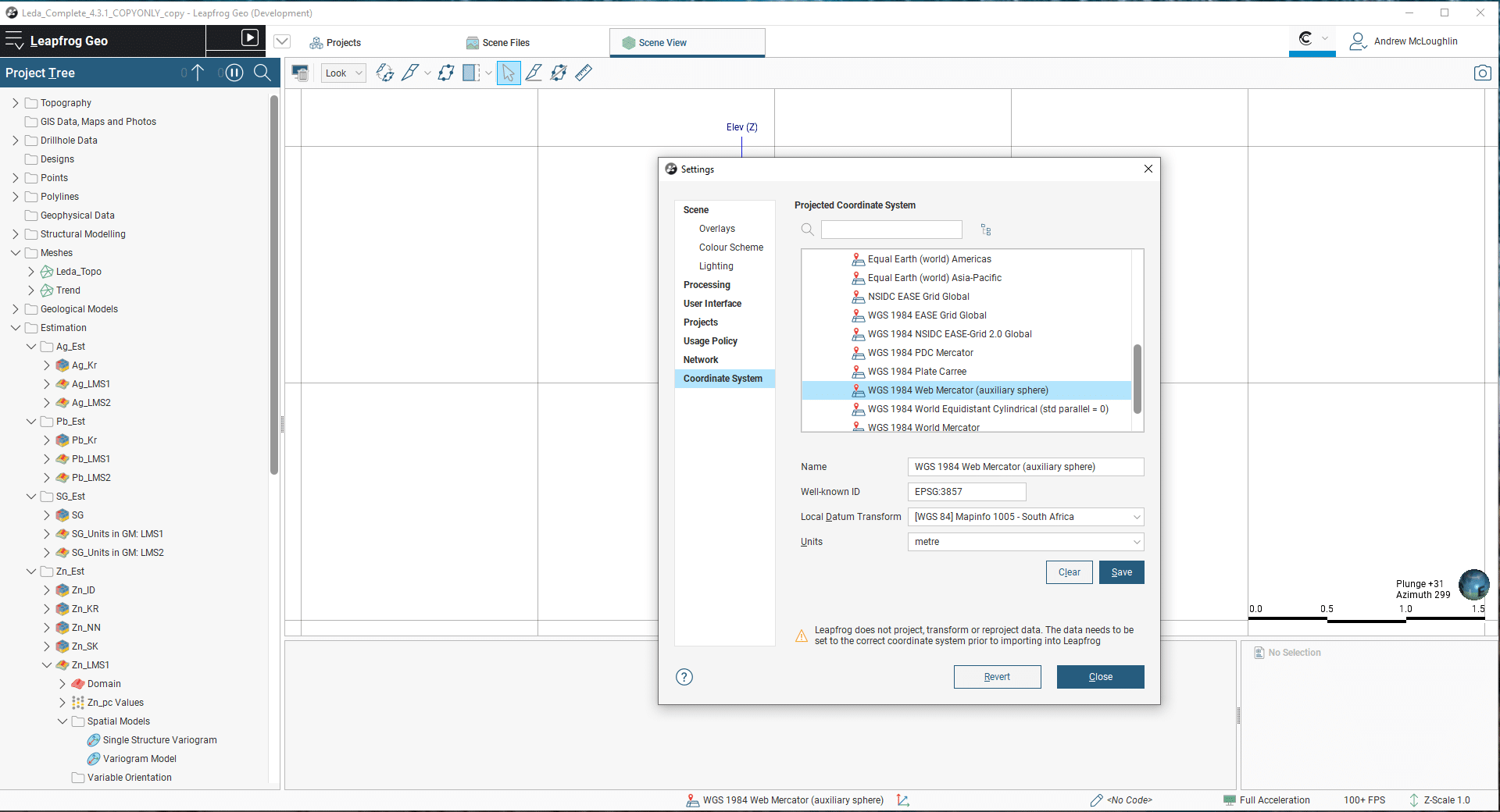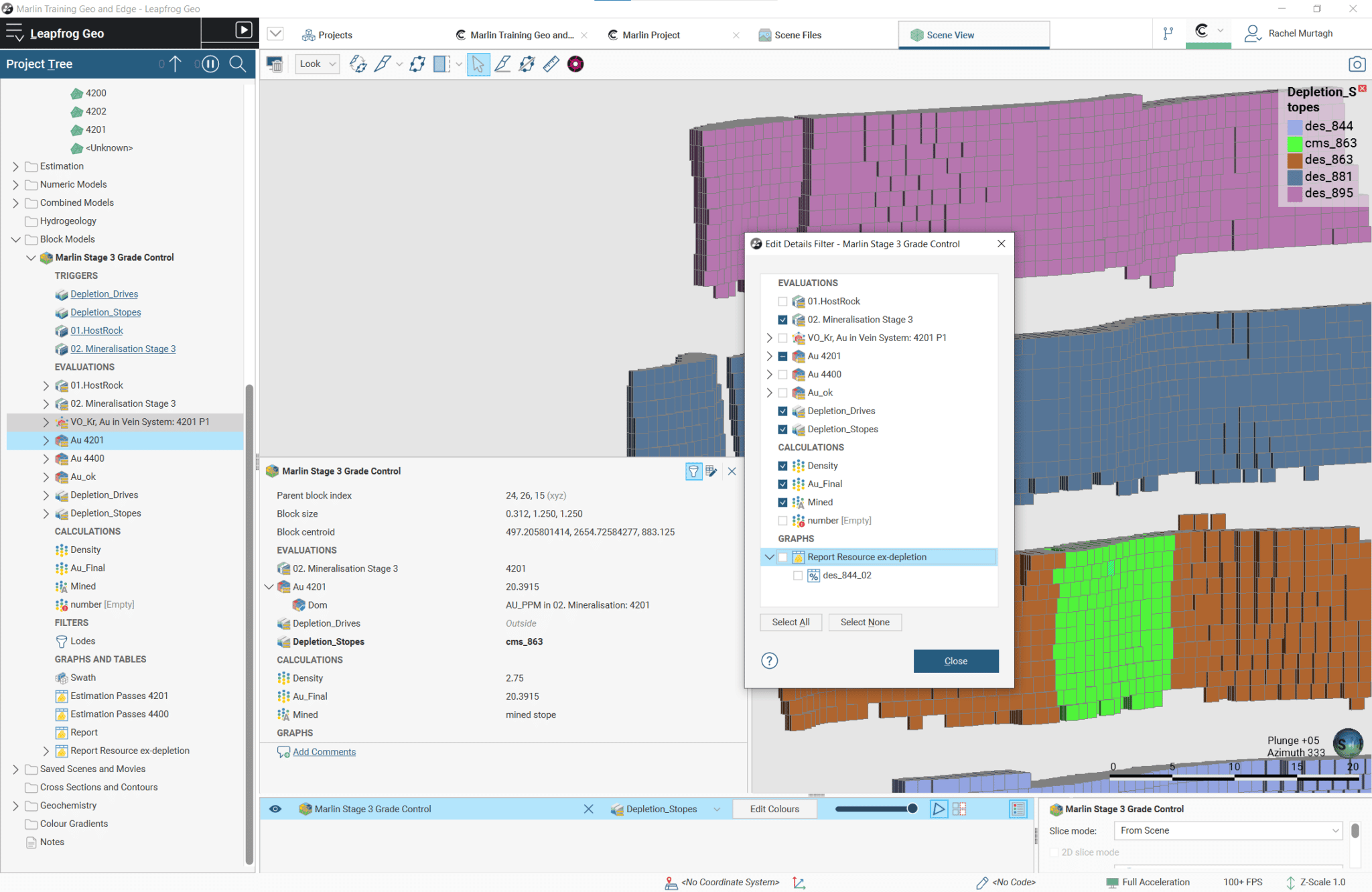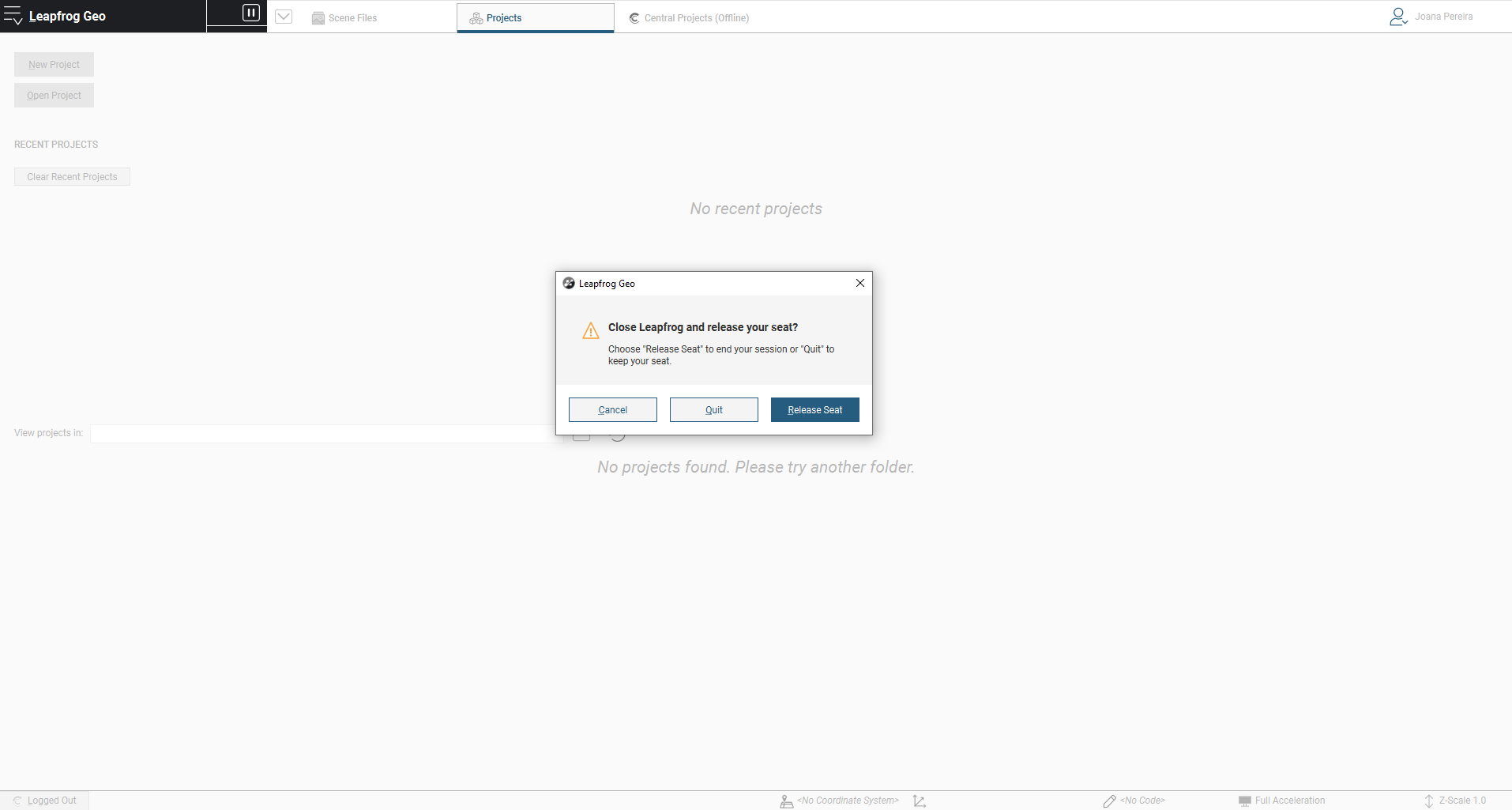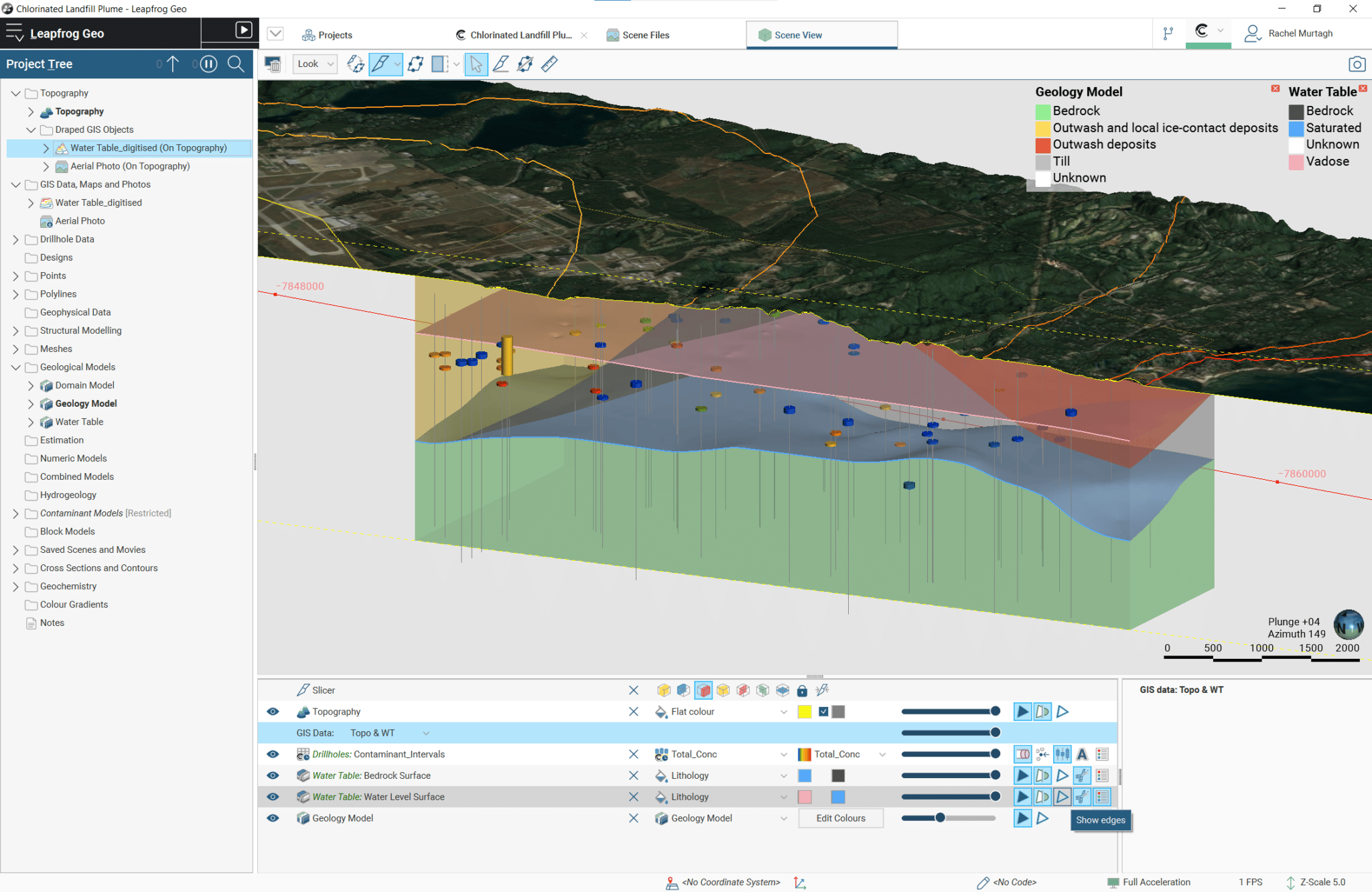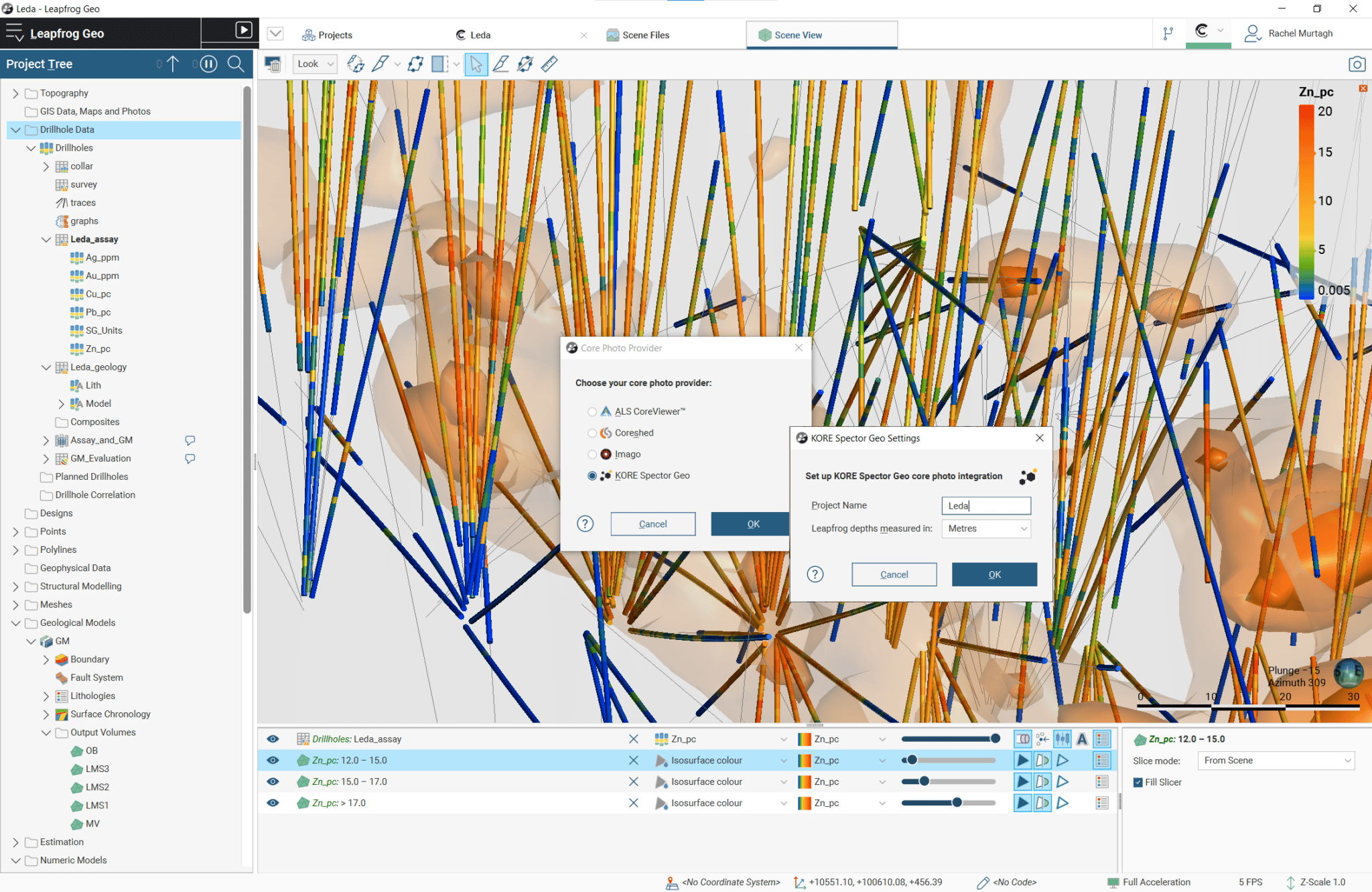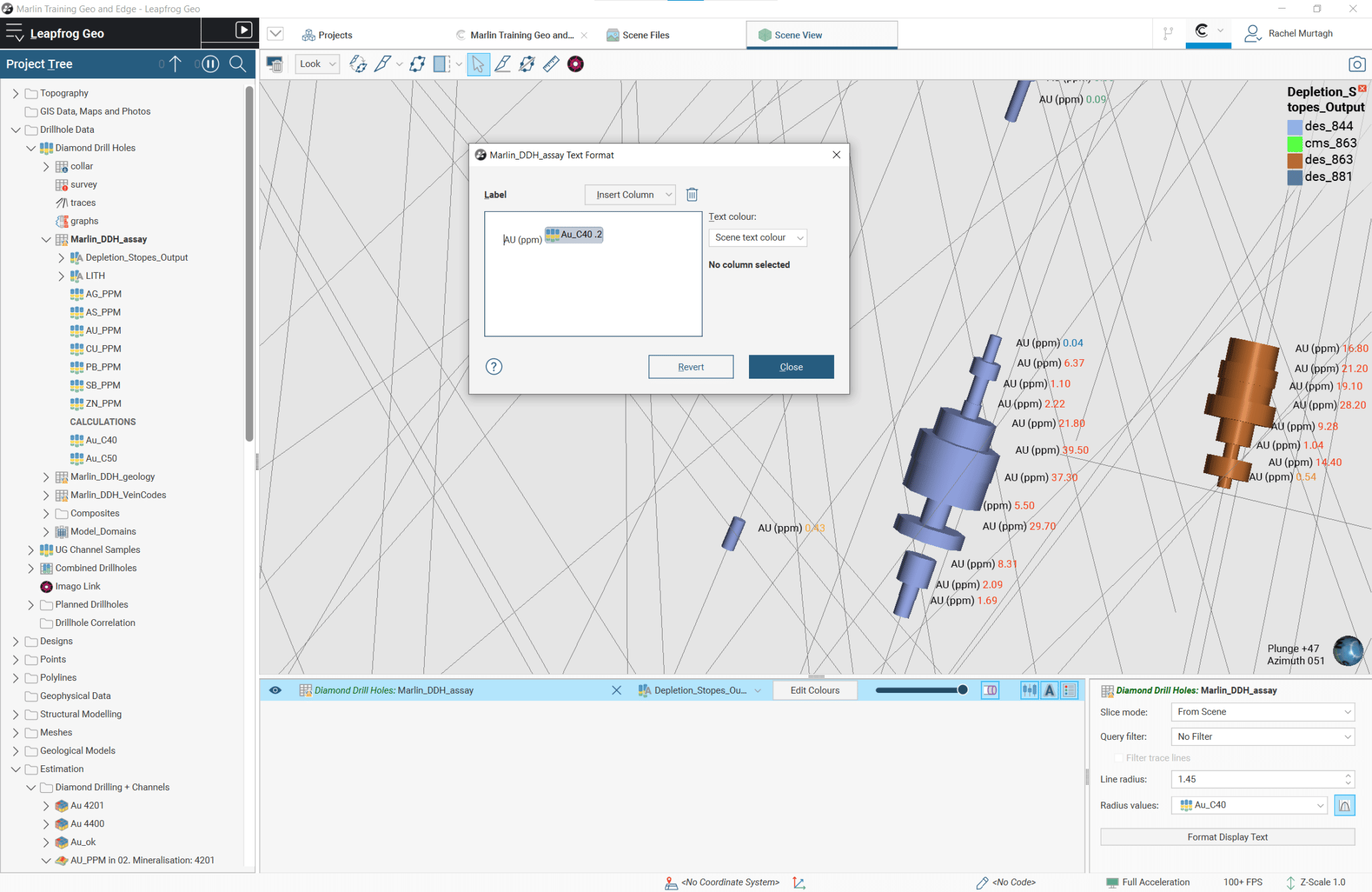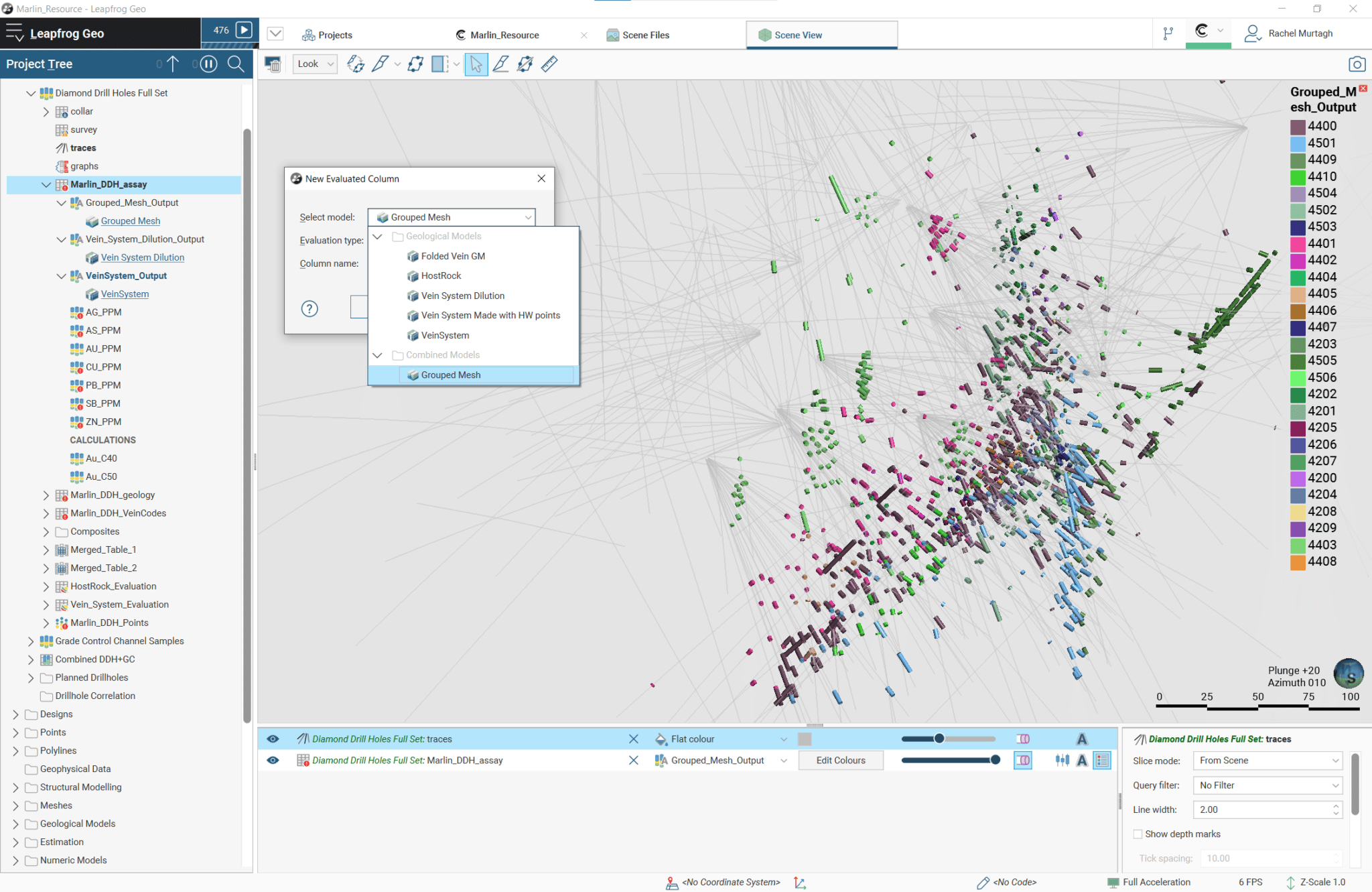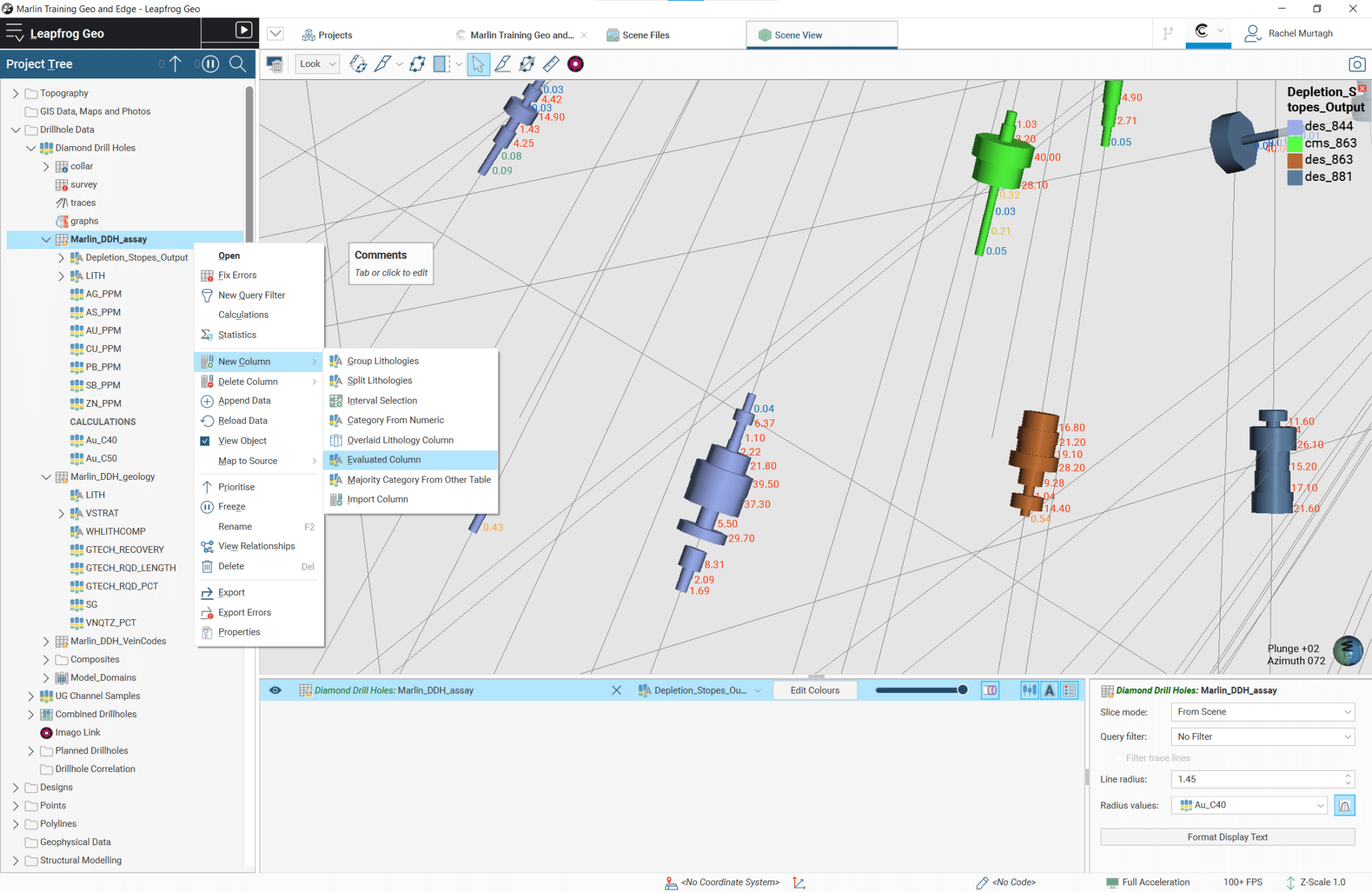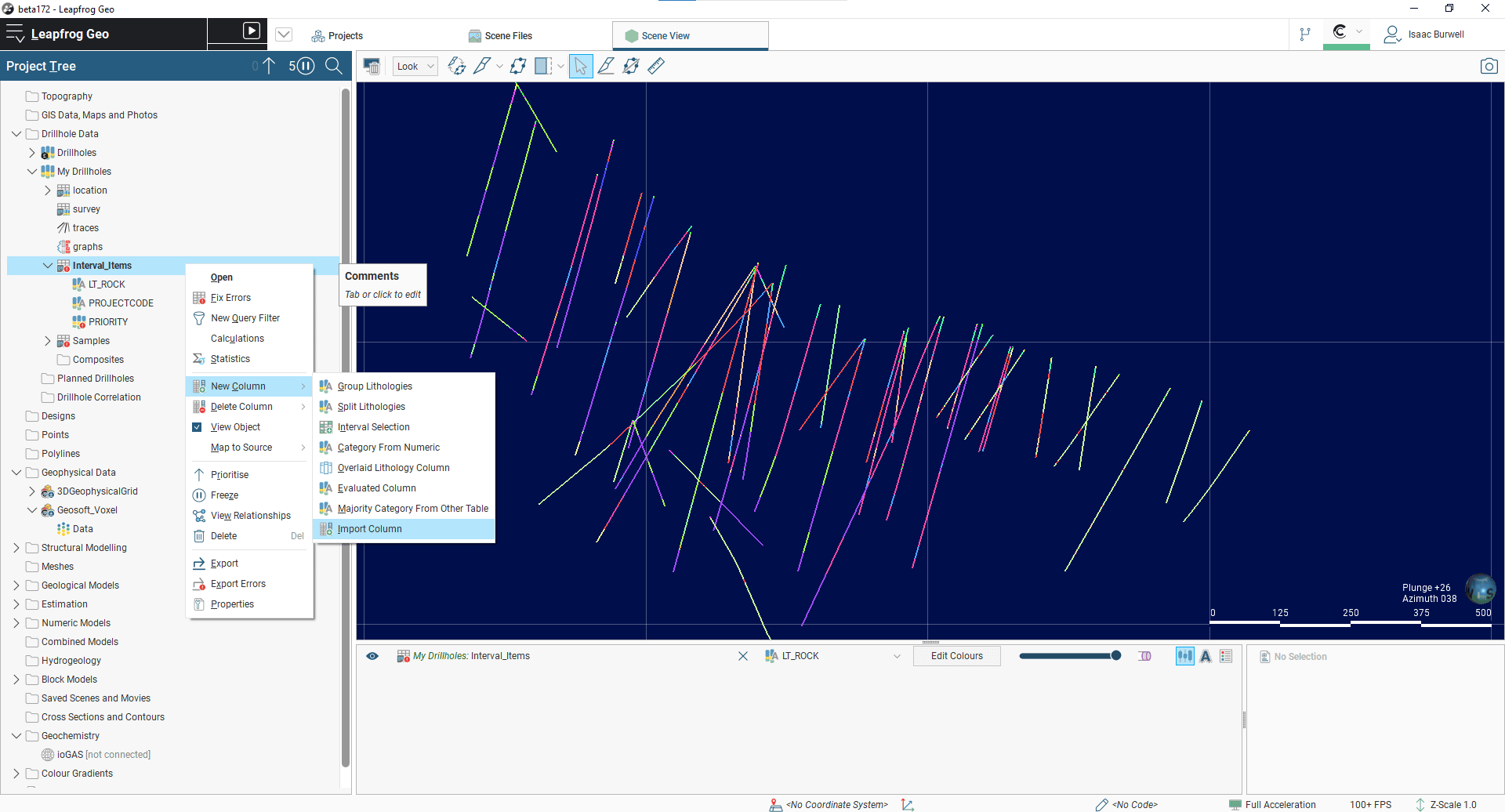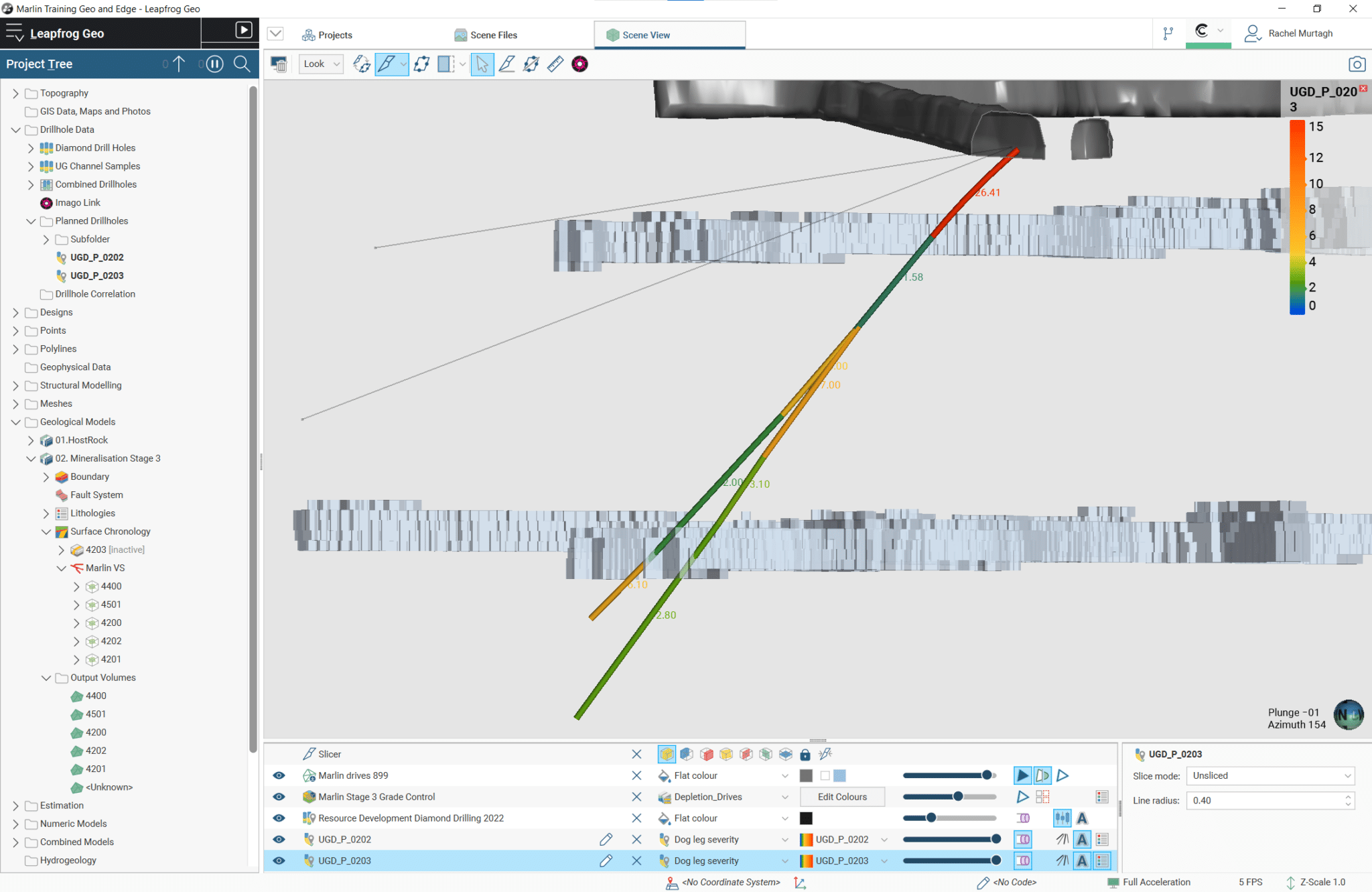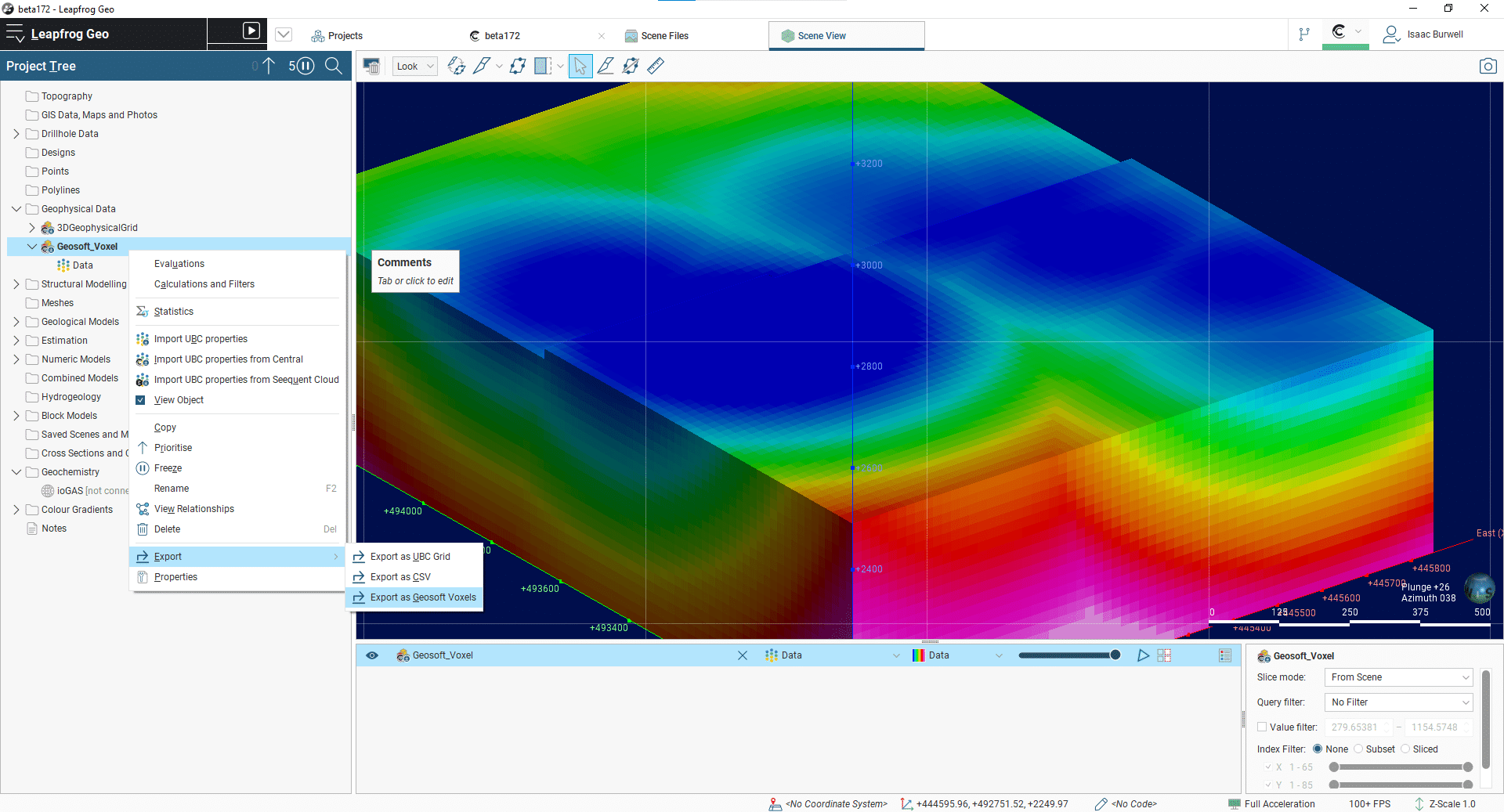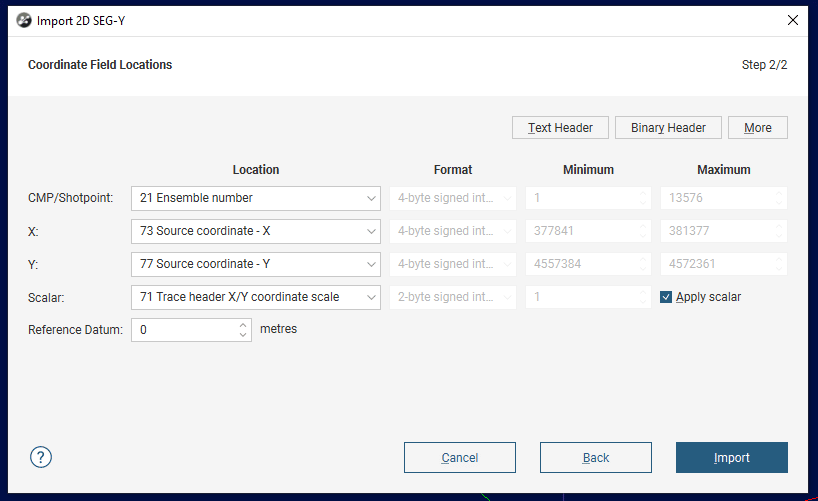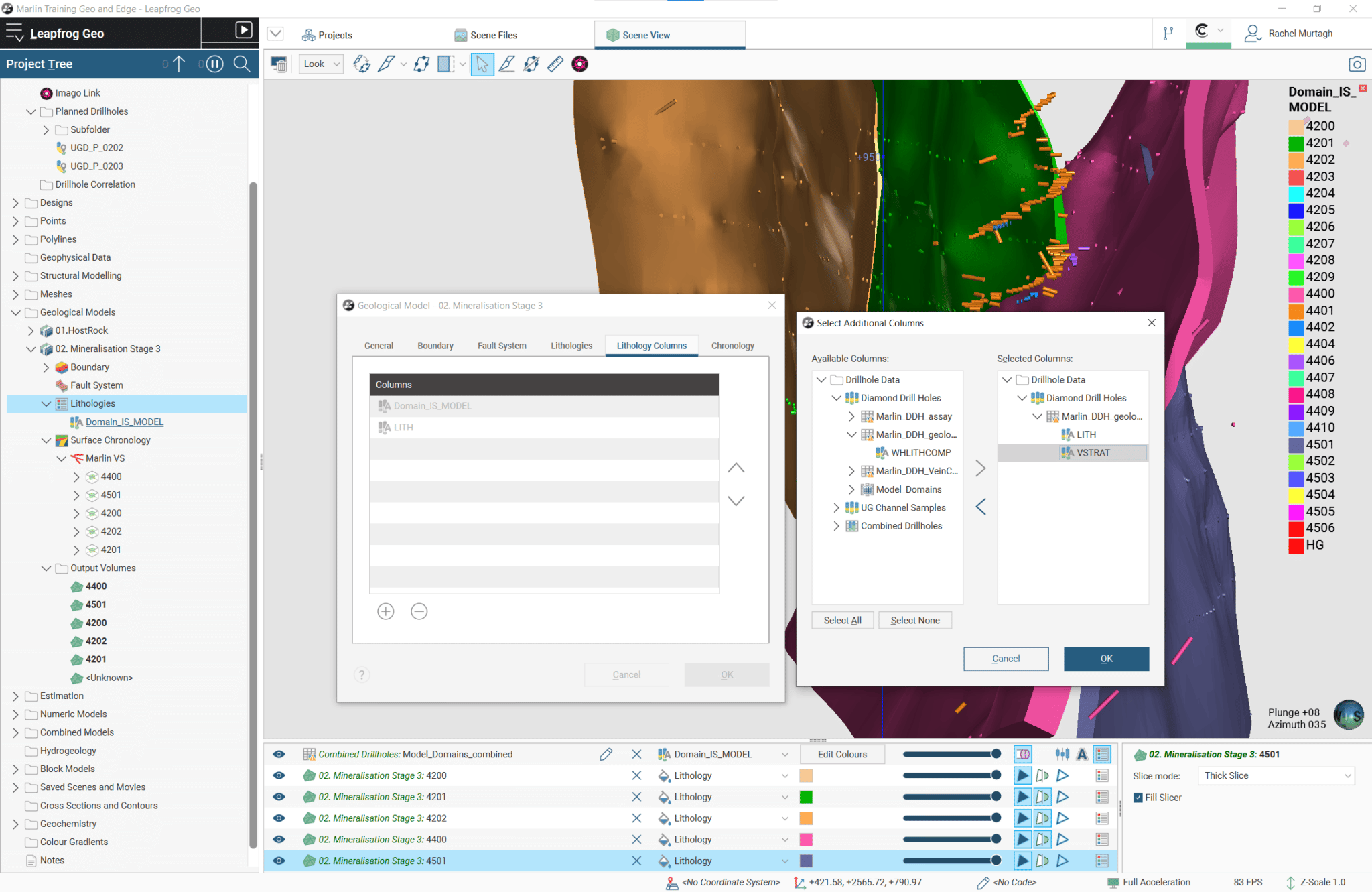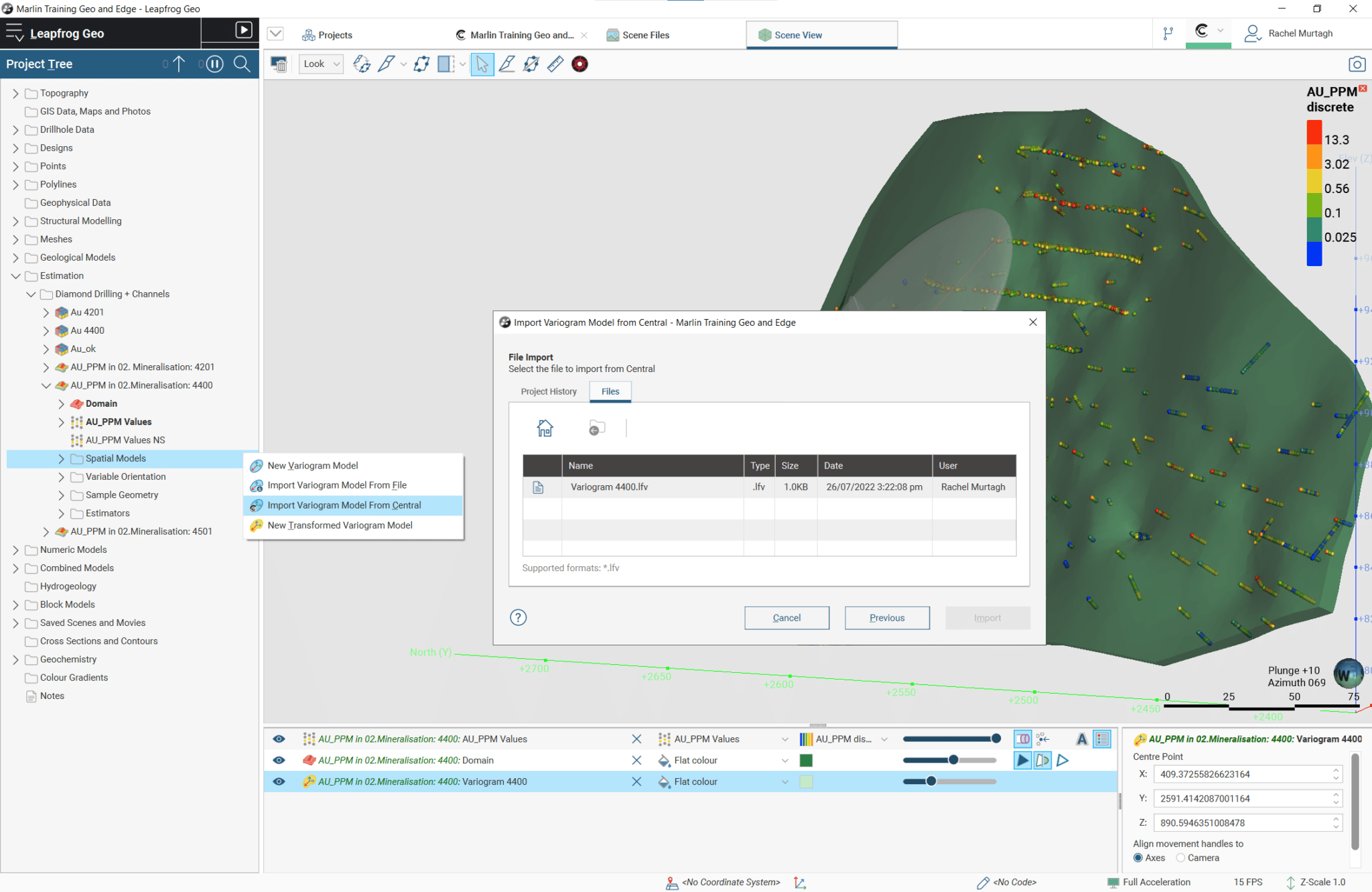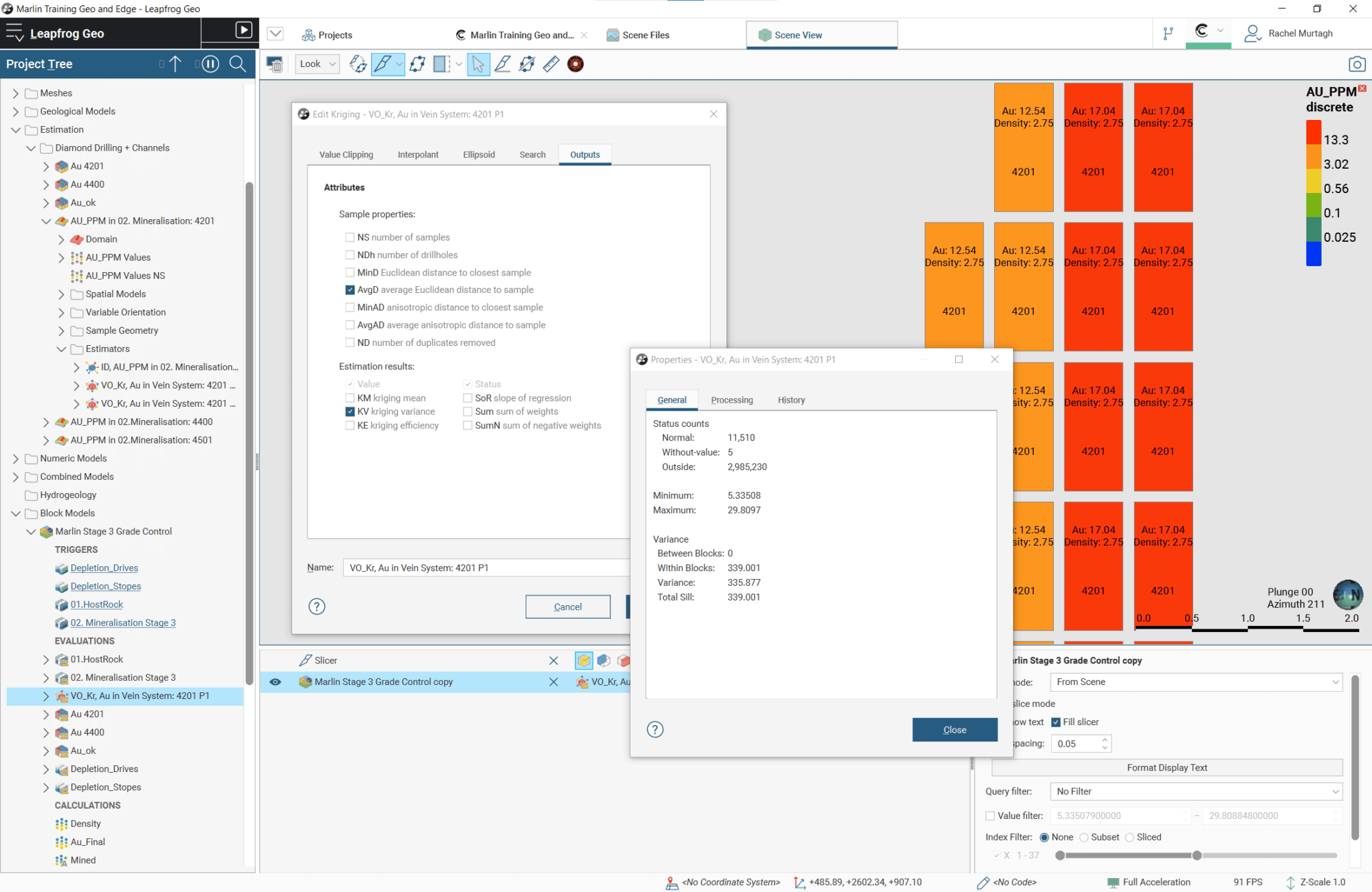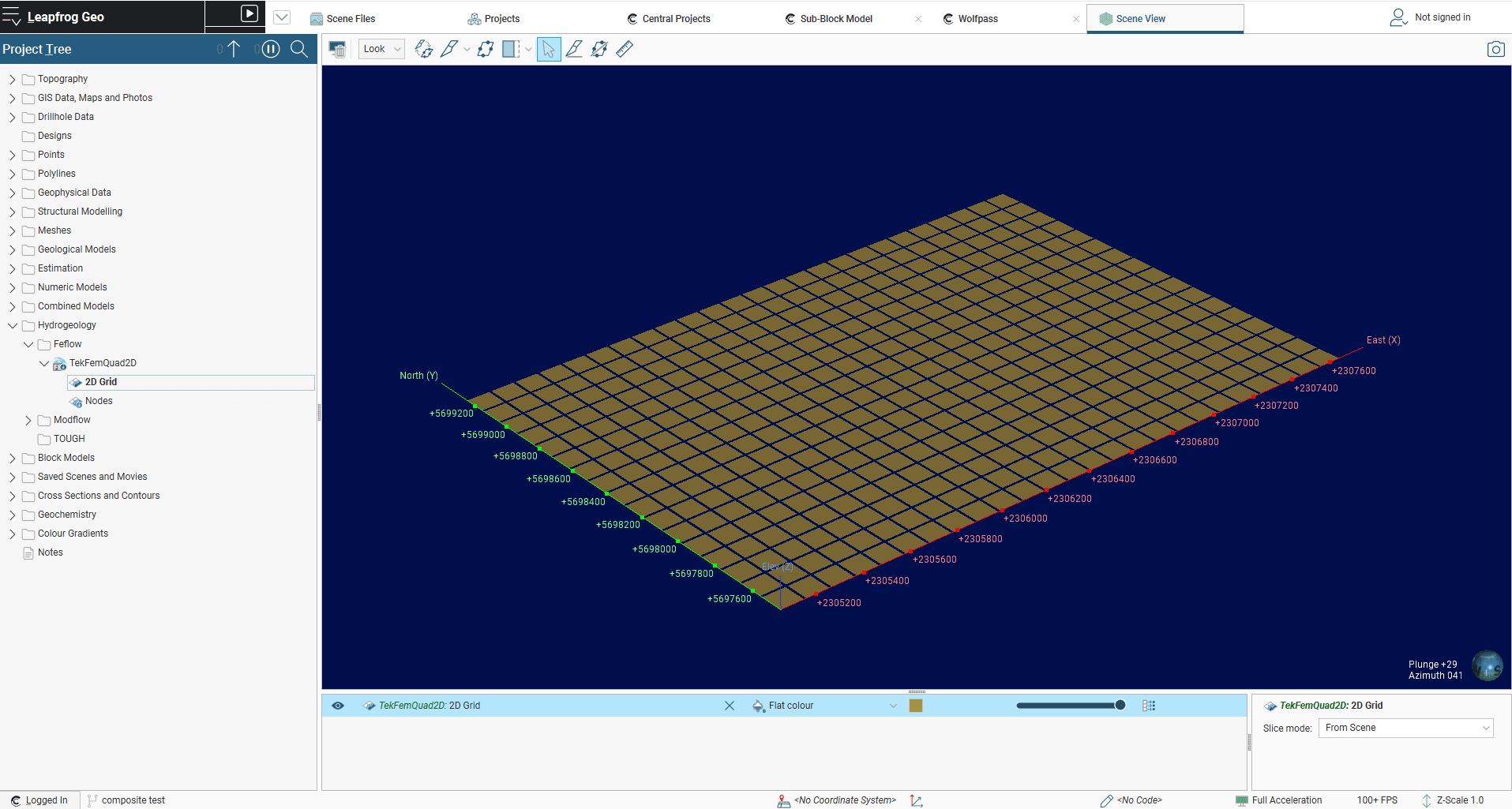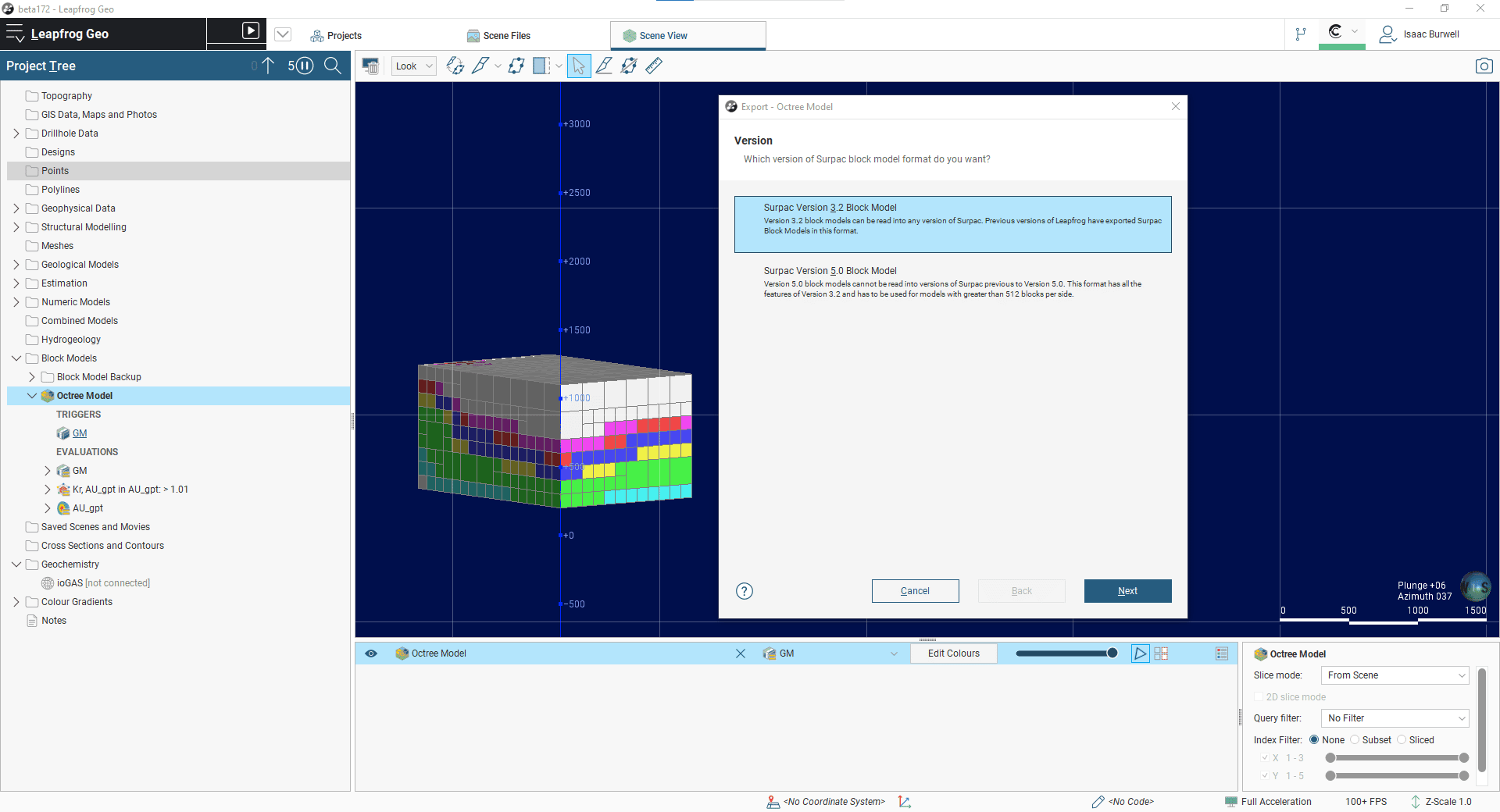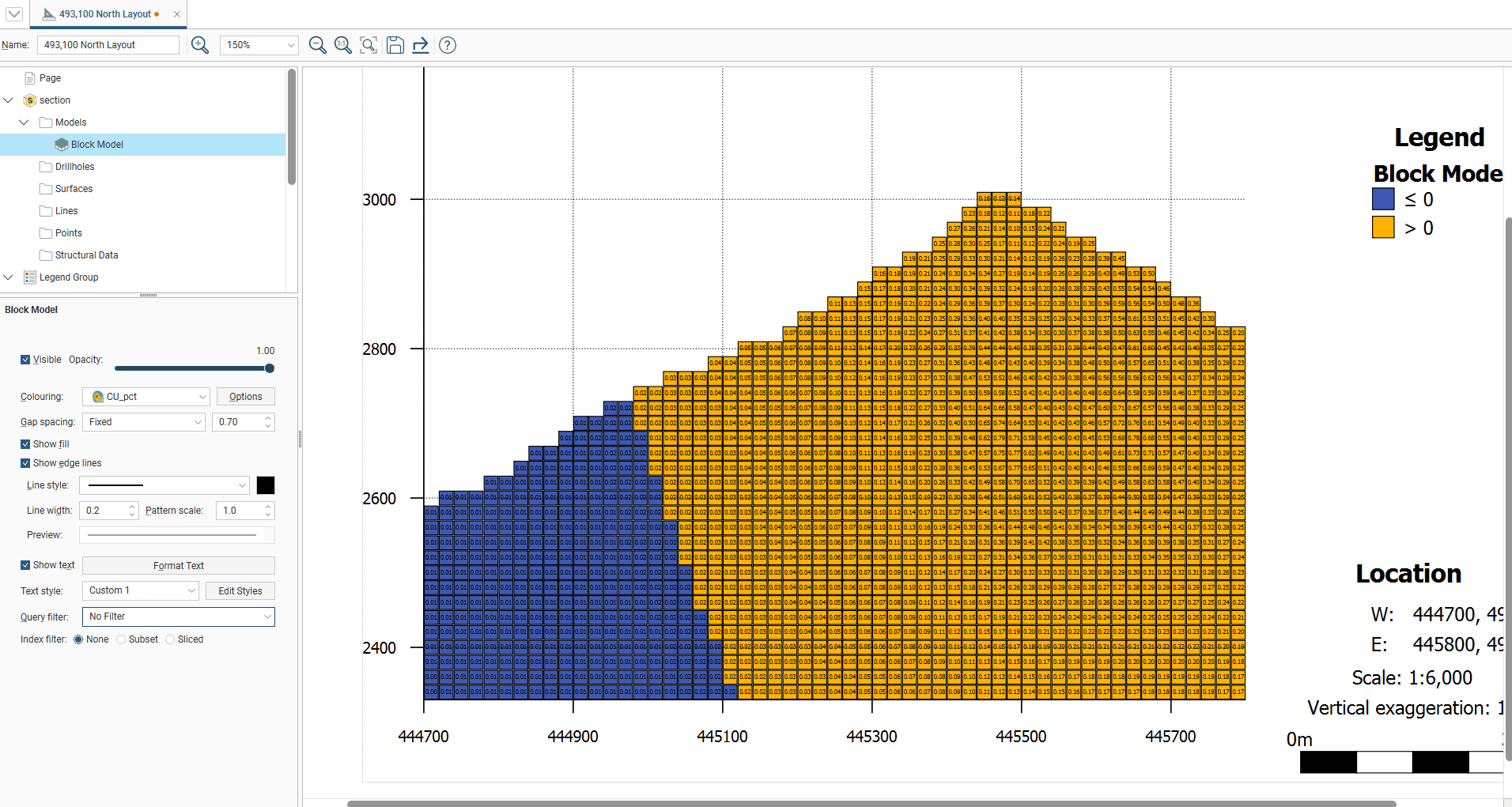Maintenance improvements
Change Archiver
Current Central (3.0.2, 3.1.1, 4.0) archiver uses Zpaq. The problem is that as files are compressed for storage in Central the process requires the system to have up to 2x the storage capacity of the original files. A more efficient alternative, namely ZSTD, will provide lossless compression. This HTTP compression can be built into web servers and web clients to improve transfer speed and bandwidth utilisation. Existing project data files in Central will not be unpacked during migration, therefore will continue to be Zpaq packed.
Leapfrog Storage Performance Improvements
Significant gains have been made in improving the storage performance of Leapfrog projects.
The biggest improvement comes from changes to the storage format of image files along with the compression of result arrays, while further optimisations have also been made in the storage of octree models.
Reduction in project size will vary a lot from project to project, depending on the types of data stored. Projects containing large or numerous images, or with large octree block models will benefit most – with testing showing 60-90% reductions in size on disk. Not only does this free up valuable disk space but backing up and publishing projects to Central is much faster.
Geophysical Data handling
Rationalise 3D Geophysical Grid Storage
The previous release of Leapfrog has supported geophysical grids in GoCAD, UBC and MT format. However, each was a separate implementation with different visualisation features and performance. Support for these geophysical formats has now been rationalised with consistent importation, evaluation, and visualisation.
All imported grids are now stored in an optimised internal storage with visualisation improvements in performance, transparency, filtering, subsetting and index slicing. The new grid storage paves the way for publishing of grids to Central for web visualisation. This was a step required to better support Oasis montaj Voxels, and for when we complete the publishing Geophysical Grids to Central.
Import 3D Geosoft Voxels From Dataroom
To allow seamless consumption of Oasis Montaj voxels in Leapfrog, which would allow for the support of geophysical data inputs into geological modelling workflows, Leapfrog now can support the importation of Geosoft voxel grids (.geosoft_voxel file format).
Flow Modelling Improvements
Reservior Simulation Model
Oil and gas reservoir simulators used in the geothermal industry include ECLIPSE (Schlumberger) and STARS (CMG/Computer Modelling Group). ECLIPSE dominates the oil & gas market with around 80% or more of the installed user base.
Leapfrog Geothermal now supports the creation of a Reservoir Simulation Model with a corner point grid geometry being constructed from a parent geological model. The grid geometry supports alignment to faults and surfaces. Numeric models of porosity, permeability, etc., created from well/drillhole data, can be evaluated on to the simulation model grid. The model grid definition and associated numeric model evaluations can be visualised in the scene and then exported in either ECLIPSE or CMG format.
TOUGH
In this release a suite of improvements has been made to Leapfrog’s TOUGH flow modelling workflow:
- A new import dialogue has been provided for TOUGH models combining the specification of input data files into a single step.
- Support for the TOUGH3 file format has been improved, allowing for import of TOUGH3 time-step data, as well as export of models in CSV format.
- Handling of fault geometries in models has been improved so that a new rock type is created for each fault/lithology combination. This allows separate rock type properties to be set for each lithological unit in contact with the fault surface.
- The origin, orientation, grid extent, grid block size and resolution of a Leapfrog structured flow model grid can now be modified, and the associated TOUGH model updated, bringing the behaviour of structured grids into parity with unstructured.
- Structured TOUGH grids (.dat files) created outside of Leapfrog can now be imported, and the matching grid geometry recreated inside Leapfrog. Some limitations on the grid geometries that can be handled apply.
FEFLOW
FEFLOW grid creation has been streamlined with a new wizard that combines the 2D and 3D steps into one. In addition, all grid editing, evaluation and material properties tools have been relocated to a single dialogue on the parent.
Initial contaminant conditions in a FEFLOW model can now be set from numeric models or estimations, using simple workflows for evaluating contaminant concentrations per lithology onto grid centroids or nodes. Prior to this release, estimators couldn’t be used as parameter inputs for initial conditions.
MODFLOW
When modelling several contaminants in a project, users want to apply the contaminants to MODFLOW and FEFLOW grids as initial conditions so that the contaminant concentration and location can be simulated through time. Prior to this release, estimators couldn’t be used as parameter inputs for initial conditions.
Numeric models and estimators can now be used to create initial contaminant conditions with the following:
- Addition of material field to the MODFLOW and FEFLOW material parameter dialogues for Contaminants
- Per lithology – select a contaminant or numeric model or a constant value input.
- Export evaluations as initial conditions. Evaluate numeric models and estimators onto centroids and nodes.





